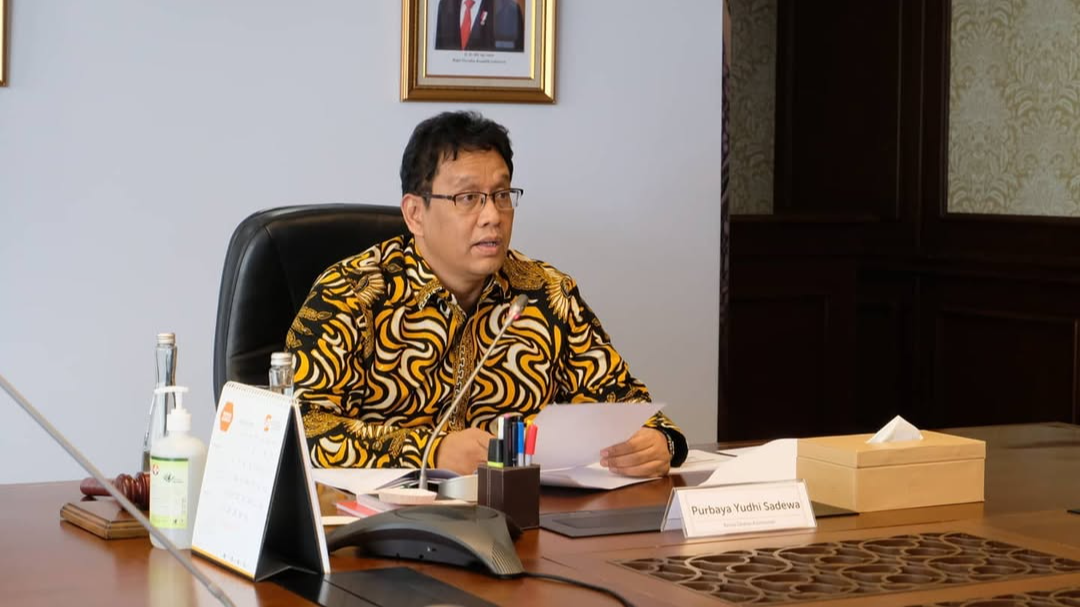Indonesia’s economic leadership sees a pivotal transition. Following Sri Mulyani’s departure, new finance minister Purbaya challenges are immense—spanning from managing swelling interest payments to stabilizing the national budget, boosting revenue, and inspiring public trust.
Let's unpack these urgent “homework” assignments he faces and why each matters for Indonesia’s economic resilience.
Managing the Interest Payment Burden and Fiscal Deficit
One of new finance minister Purbaya’s main challenges is addressing the sharp increase in interest payments. The draft 2026 State Budget allocates nearly Rp 599.4 trillion—equivalent to 17.8 percent of the central government’s spending—for interest servicing, rising 8.6 percent from 2025’s outlook of Rp 552.1 trillion.
With sluggish tax collection and state revenues trapped at just about 10–11 percent of GDP, too much fiscal space is consumed by debt servicing. Observers and institutions like INDEF urge policy measures that avoid resorting to additional borrowing or tax hikes.
To navigate this, Purbaya must prioritize reducing non-essential expenditures, optimize debt structure, and shift focus toward productive spending—especially vital to narrow the fiscal deficit and safeguard the budget's fiscal integrity.
Strengthening Revenue Without Smothering Growth
Another pressing area for new finance minister Purbaya challenges lies in revenue enhancement—without stifling consumption. INDEF stresses the need for sustainable income channels that do not rely solely on borrowing or raising taxes.
Policymakers have floated several ideas:
- Temporarily lowering VAT (PPN) to around 8 percent to boost consumption.
- Increasing non-tax revenue via windfall taxes on extractive industries and asset-holding orbit.
- Broadening the PIT personal exemption threshold (PTKP) to Rp 7 million monthly to protect middle- and low-income groups.
Striking a balance between growing the revenue base and maintaining purchasing power among citizens will be fundamental to the new minister’s agenda.
Restoring Investor Confidence and Fiscal Credibility
Perhaps no task is more symbolic than restoring confidence. Sri Mulyani was seen as the fiscal anchor—her legacy tied to discipline and transparency. Her replacement triggered immediate market reaction, with the stock index (IHSG) dropping over 1 percent.
Foreign and domestic investors are awaiting signals from Purbaya—will he continue prudent policies, or shift toward expansive spending? His early statements promising 8 percent growth without new taxes raised eyebrows instead of calm, reinforcing the need for coherence to bring back credibility.
Transparent communication, budget discipline, and gradual policy rollouts will be fundamental tools to anchor expectations and stabilize macroeconomic sentiment.
Balancing Program Spending and Sustainable Growth
Despite the macro challenges, Purbaya faces ambitions from the top. President Prabowo wants to eventually achieve a zero-deficit budget by 2027–2028. Executing social welfare, infrastructure, and defense policies—without allowing fiscal stress—is a tall order.
The task involves efficient planning and expenditure prioritization. Purbaya must evaluate existing stimulus packages, redirect allocations toward high-impact interventions, and decommission programs with marginal efficacy.
Effectively, he must exhibit execution finesse: delivering the president’s vision, but in a cost-conscious, targeted, and transparent manner.
Delegating Trust and Maintaining Institutional Integrity
Beyond economics, new finance minister Purbaya challenges also involve maintaining institutional culture and trust. Sri Mulyani was embraced by civil servants as a leader of integrity. At her farewell ceremony, many staff members honored her with flowers.
Purbaya inherits that institutional goodwill, but must earn it. He must rebuild staff morale, reassure bureaucrats of continuity, and demonstrate his own approach to decision-making—balancing authority with collaboration.
Public trust also needs attention: his dismissal of protestors as “a small minority” drew criticism, highlighting how growth alone may not quell public dissent.
Read More






 Friday, 12-12-25
Friday, 12-12-25







